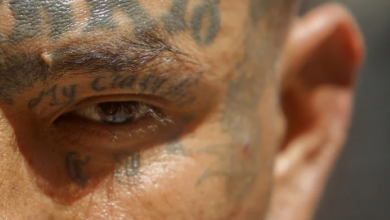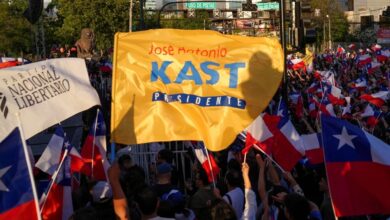Honduras Vote Drama Turns Christmas Count into a Geopolitical Test

Three weeks after Honduras’ November 30 election, officials still counted, protesters still shouted, and families still waited. Nasry Asfura leads with 40.3% over Salvador Nasralla’s 39.5%, while Donald Trump’s shadow stretches across Tegucigalpa tonight, as CNE searches for a seal.
When The Numbers Arrive Late
On Wednesday, the CNE declared Nasry Asfura the winner after the November 30 vote, a process dogged by delays, technical problems, and fraud allegations. The margin made every glitch feel decisive: Asfura at 40.3%, Salvador Nasralla of the Liberal Party at 39.5%, with Rixi Moncada of LIBRE a distant third. Because tabulation was chaotic, about 15% of tally sheets—hundreds of thousands of ballots—had to be counted by hand. Work in Electoral Studies and the Journal of Democracy notes that when counts falter, legitimacy is negotiated in public, including Tegucigalpa’s Christmas queues.
Hand-counting can look like transparency, but it also exposes how fragile the system is. In Honduras, where the wounds of 2009 still shape political memory, a delayed certification invites rival stories of betrayal and rescue. Studies in Latin American Research Review note that when institutions are distrusted, parties treat procedure as a weapon. The ballots do not merely record preferences; they reopen old arguments about who owns the state.
In the weeks after the vote, LIBRE urged protests against what it denounced as an “electoral coup.” Demonstrators repeatedly interrupted the manual count, blocking officials from the building where tally sheets were stored. The results were approved by 2 electoral council members and 1 deputy while disputes continued; the third council member, Marlon Ochoa, was absent from the video declaring the winner. “Honduras: I am ready to govern. I will not let you down,” Asfura posted on X. Nasralla rejected the declaration, said ballots were omitted, but urged calm and no violence. At a press conference in Tegucigalpa on Tuesday afternoon, he said, “I will not accept a result based on omissions… this is the saddest Christmas for the Honduran people,” invoking December 24 and his third lost bid. Luis Redondo, president of the Honduran Congress, wrote, “This is completely outside the law. It has no value.”

A Foreign Thumb on The Ballot Box
The crisis came with a foreign soundtrack. Before the election, Donald Trump endorsed Asfura, the 67-year-old former mayor of Tegucigalpa, calling him the “only real friend of Freedom in Honduras” on Truth Social. Trump threatened to cut off U.S. financial support to Honduras if Asfura did not win and pardoned former President Juan Orlando Hernandez of the National Party, who had been serving a 45-year sentence in the U.S. on drug trafficking and weapons charges. During the delay, Trump alleged fraud without evidence and warned there would be “hell to pay” if Honduras changed preliminary results that had Asfura ahead. Experts say his backing fits a push to mold a conservative bloc across Latin America, from Nayib Bukele in El Salvador to Javier Milei in Argentina.
Both Nasralla and LIBRE condemned Trump’s comments as meddling; Nasralla told Reuters in early December they damaged him. After the CNE call, U.S. Secretary of State Marco Rubio congratulated President-elect Asfura on X and urged acceptance to “ensure a peaceful transition.” The Organization of American States, led by Albert Ramdin, said it “takes note,” recognizes Honduran institutions, but regrets the full recount is unfinished and will issue findings and recommendations soon.
The Builder’s Brand Meets The Legitimacy Gap
Asfura sells practicality. Born in Tegucigalpa on June 8, 1958 to a family of Palestinian descent, he studied civil engineering but did not finish, worked in city administrations in the 1990s, and later served as a congressman and minister for social investment. In 2013 he became mayor of Tegucigalpa, gained popularity through infrastructure projects, and carried the nickname “Papi, at your service.” He ran on a pro-business promise of jobs, education, and security, and signaled he may swap Honduras’ allegiance to Taiwan, away from Beijing. He is also under investigation over alleged embezzlement and money laundering; he denies wrongdoing and calls it political. “Extremes don’t work,” he said. He takes office on January 27 for the 2026‑2030 term, inheriting a mandate that must be believed to function.
Also Read: Venezuela Blockade Blues Turn Tankers, Trade, and Power into Theater





